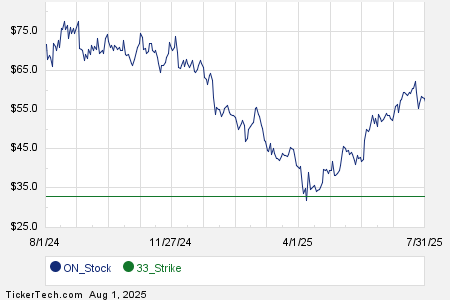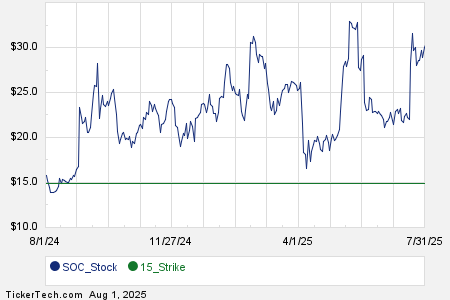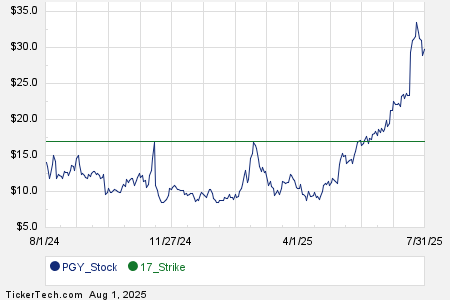On Friday, September arabica coffee (KCU25) fell by 3.92% to close at -11.60, marking a three-week low, while September ICE robusta coffee (RMU25) declined by 2.09%, down -71. Market speculation regarding tariff exemptions for Brazilian coffee by President Trump eased supply concerns and contributed to the price drop. Brazil’s Cecafe and the National Coffee Association are in talks with US trade officials about potential export exemptions.
As of July 25, Brazil’s Cooxupe coffee co-op reported that its harvest was 67% complete, and Safras & Mercado indicated that Brazil’s overall coffee harvest for 2025/26 was 84% complete, exceeding last year’s 81%. This increase in supply leads to bearish price trends; recent rainfall in Brazil’s Minas Gerais region has also alleviated dryness concerns. However, concerns remain for robusta coffee due to drought in Vietnam, which has seen its production decrease by 20% year-on-year to 1.472 million metric tons.
The USDA forecasts that global coffee production will rise by 2.5% year-on-year to 178.68 million bags in 2025/26, with a projected arabica deficit of 8.5 million bags, deeper than 5.5 million in 2024/25. Additionally, ICE inventory reports show a decline in arabica stocks to a 5.5-month low of 761,453 bags, contrasting with a rise in robusta inventories, which hit a one-year high of 7,029 lots.





